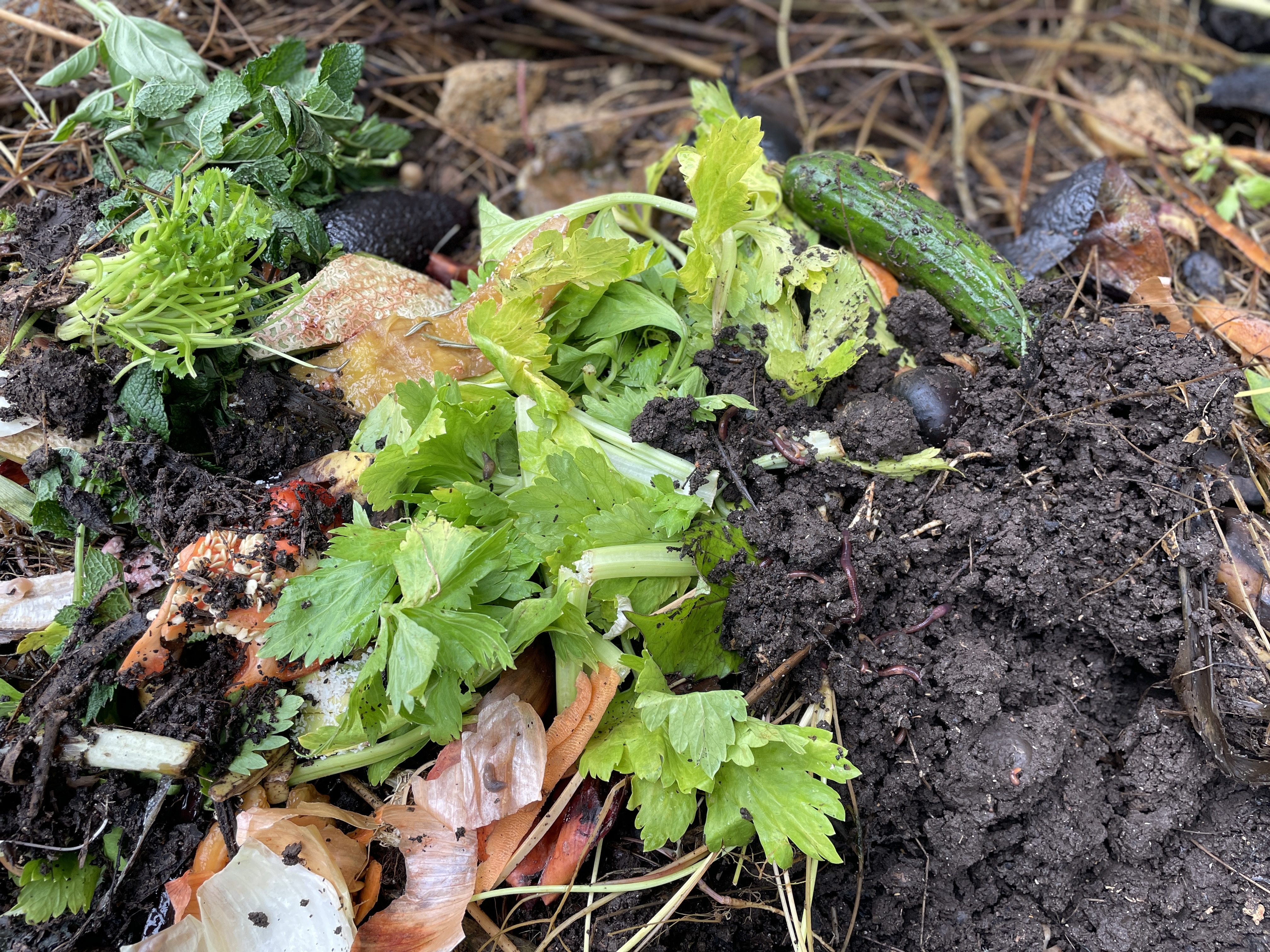It’s been a big year at Heronswood with many garden changes and exciting developments.
Our expanded seed trial gardens demonstrate the next batch of heirloom varieties we are trialling, on show to the public for the very first time. New vegetable and flower varieties, including family treasures donated by members, are being grown to assess their garden worthiness, providing us (and you!) with valuable growing experience. Visitors can help us choose which varieties to add to our range. Look out for our signs in the garden linked to the online feedback form.
Our gardeners have renewed their focus on food gardening and begun the process of reinstating the kitchen garden. Pumpkins, tomatoes and other summer vegetables are planted in our seed trials, inspiring visitors to grow their own. The new vegetable parterre is designed to show the beauty and ornamental appeal of edible crops.
Heronswood’s herbaceous border has been refreshed and redesigned to showcase a new selection of Diggers’ flowering perennials. Agastache, coneflowers, salvias and others flower all summer, framing Heronswood house in drifts of colourful bloom.
The dry-climate garden thrives year-round without extra watering. The vast array of succulents and drought-tolerant plants creates a tapestry of texture and colour, reducing water use and demonstrating drought-proof gardening in Mediterranean climates. The adjoining perennial wildflower meadow includes a range of perennial grasses complemented by seasonal bulbs and flowers.
Whether gardening for beauty or for food, every garden needs a compost heap to recycle garden waste, prunings, leaves and kitchen scraps back into the garden. During your visit to Heronswood, be sure to seek out the compost heaps and bays the gardeners have established throughout the garden, to improve soil fertility and help us garden more sustainably.
No-turn composting
Ever dreamed of a nutrient-rich compost heap that you didn’t have to turn?
While the traditional two-bay system of piling and turning does produce quick results, the effort isn’t essential. You can achieve the same dependable outcome using a no-turn method. Just follow three simple rules:
- Spread layers of organic matter evenly to avoid large clumps of single materials.
- The more variety, the better – think grass clippings, then leaves, coffee grounds, straw, manure, vegie scraps, and so on. Aim to alternate nitrogen-rich greens with carbon-rich brown/dead organic materials.
- Be sure not to let your heap dry out during summer or periods of low/no rainfall.
After 3 – 6 months, simply use the outermost ‘skin’ of the heap to start your next pile and let your garden thrive on the nutrient-rich compost you will find underneath. For easy access, try placing a layered compost pile as a windrow between your vegetable crops.
